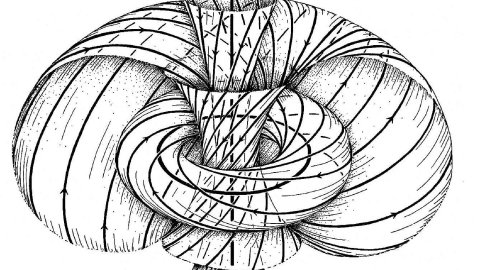Programmable genome regulation for studying quantitative genomics and developing high-precision therapy
Abstract
Manipulation of the genome function is important for understanding the underlying genetics for sophisticated phenotypes and developing gene therapy. Beyond gene editing, there is a major need for high-precision and quantitative technologies that allow controlling and studying gene expression and epigenetics in the genome. Towards this goal, we develop the concept and technologies for the use of the nuclease-deactivated CRISPR-Cas (dCas) system, repurposed from the Cas nuclease, for programmable transcription regulation, epigenetic modifications, and the 3D genome organization. We combine genome engineering and mathematical modeling to understand the noncoding DNA function including ultralong-distance enhancers and repetitive elements. We actively explore new tools that allow precise manipulation of the large-scale chromatin as a novel gene therapy. In this talk, I will highlight our works at the interface between genome engineering and chromatin biology for studying the noncoding genome and related applications.


